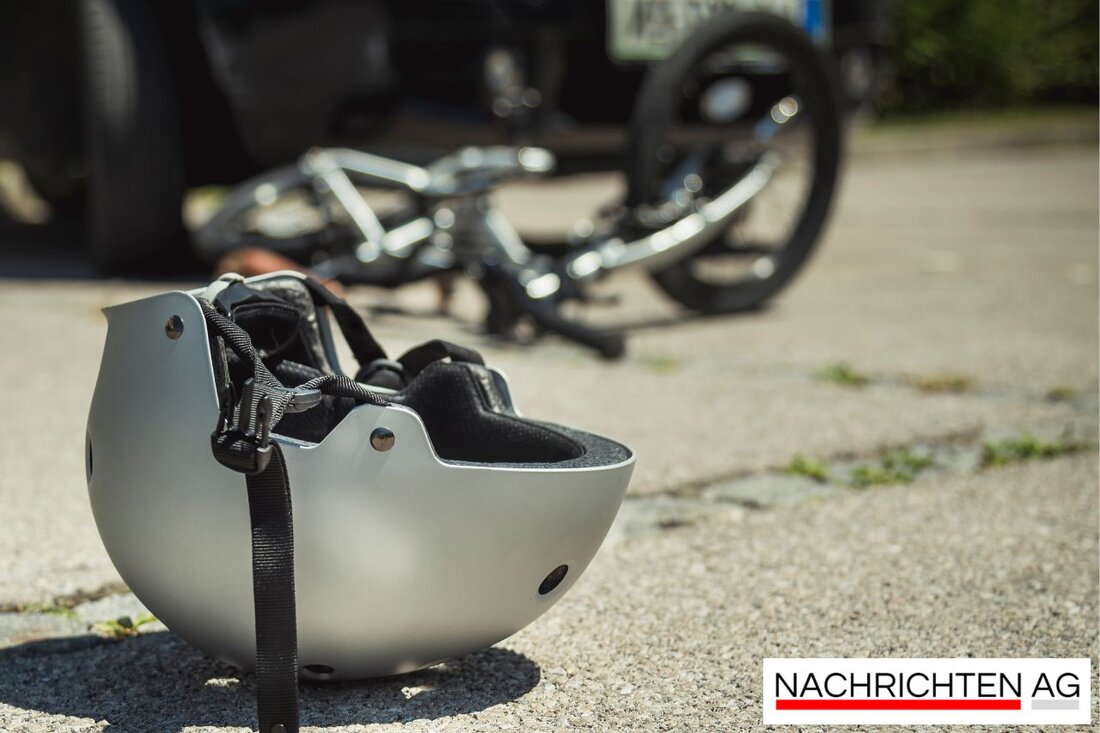The Oderbruch: From swamp to the flowering cultural landscape!

The Oderbruch: From swamp to the flowering cultural landscape!
Neulietzegöricke, Deutschland - in the heart of Brandenburg, between Bad Freienwalde and Neuhardenberg, the Oderbruch extends - a region that was once considered an anti -life swamp landscape. Thanks to the remarkable melioration measures by Friedrich II. The area blossomed in the 18th century. As world was started, and comprised the construction of an impressive 20 km long channel. By 1753 over 32,500 hectares of fertile arable land.
The settlement of the Oderbruch attracted people from many regions. Palatinate, Swabia, Poland and other colonists were lured with land, tax exemption and religious freedom. Over 7000 people settled in this new cultural landscape. Neulietzegöricke, the oldest colonist village, was founded in 1753 and has been a listed building since 1976. Today around 200 people live there, including descendants of the first settlers.
The populated landscape
The landscape of the Oderbruch is characterized by flat terrain and surrounded by the striking Brandenburg hilly landscape. With a maximum width of up to 18 kilometers, the area extends to the border with Poland. The highest surveys, the Oder dye, are considered the highest points, while the edge hills with 100 to 200 meters go through as more harmless "mountains". This development in the region is not only due to the drainage, but also to the colonization under Frederick the Great. The Oderbruch-Museum documents the challenges, living conditions as well as the stories and experiences of the colonists and gives fascinating insights into the "everyday history" of the Population.
One of the outstanding sights is the European Affairs opened in June 2022, which connects Germany and Poland. With a length of 860 meters, it offers a spectacular viewing platform and cozy picnic options directly on the river. For cyclists, the Oder-Neisse cycle path, which extends over 600 kilometers, is an extremely popular route.
tourism and leisure
Whether as a day trip or for a longer stay, the Oderbruch attracts more and more creative people. Artists lovingly redesigned old houses and breathed new life into the region. Nevertheless, the Oderbruch is no longer perceived as the "vegetable garden of Berlin". Instead, its own pulsating culture has developed, which is also expressed in the well -known "Theater am Rand".
The journey is particularly uncomplicated for Berliners: With the regional train RB 26 you quickly come to Seelow-Gusow, from where the return trip can be started comfortably from Wriezen. There are charming options for overnight stays such as the Landgasthof "Zum Alte Fritz" in Neutrebbin and the pension in the "colonist coffee" in Neulietzegöricke.
In summary, it can be said that the Oderbruch is not only a piece of spectacular landscape, but also offers a deeply rooted story with a colorful mix of tradition and creativity. The stories of the first colonists and the presence of the region create a fascinating interaction that captivates both locals and visitors. The rich history, shaped by the development under Frederick the Great, and today's cultural currents make the Oderbruch a unique experience in Brandenburg. How Political Education Brandenburg illustrates the Brandenburg identity strongly shaped by this historical development.| Details | |
|---|---|
| Ort | Neulietzegöricke, Deutschland |
| Quellen | |
